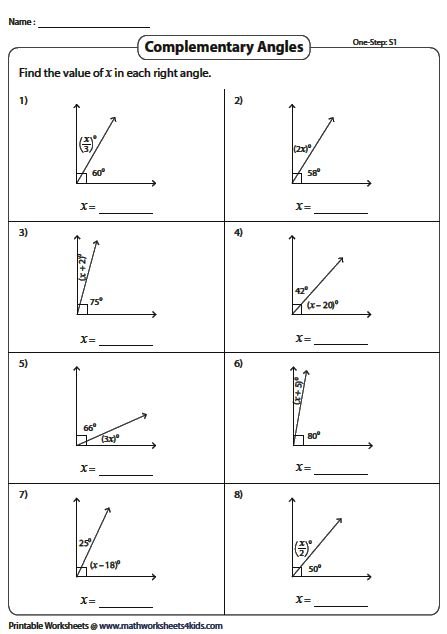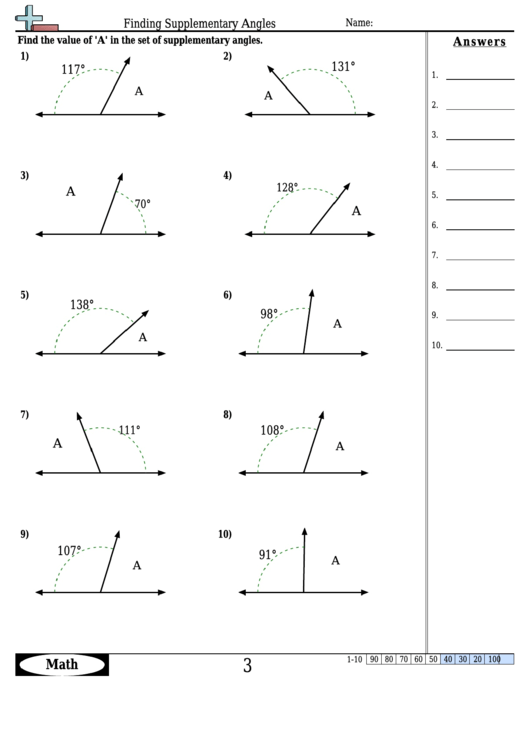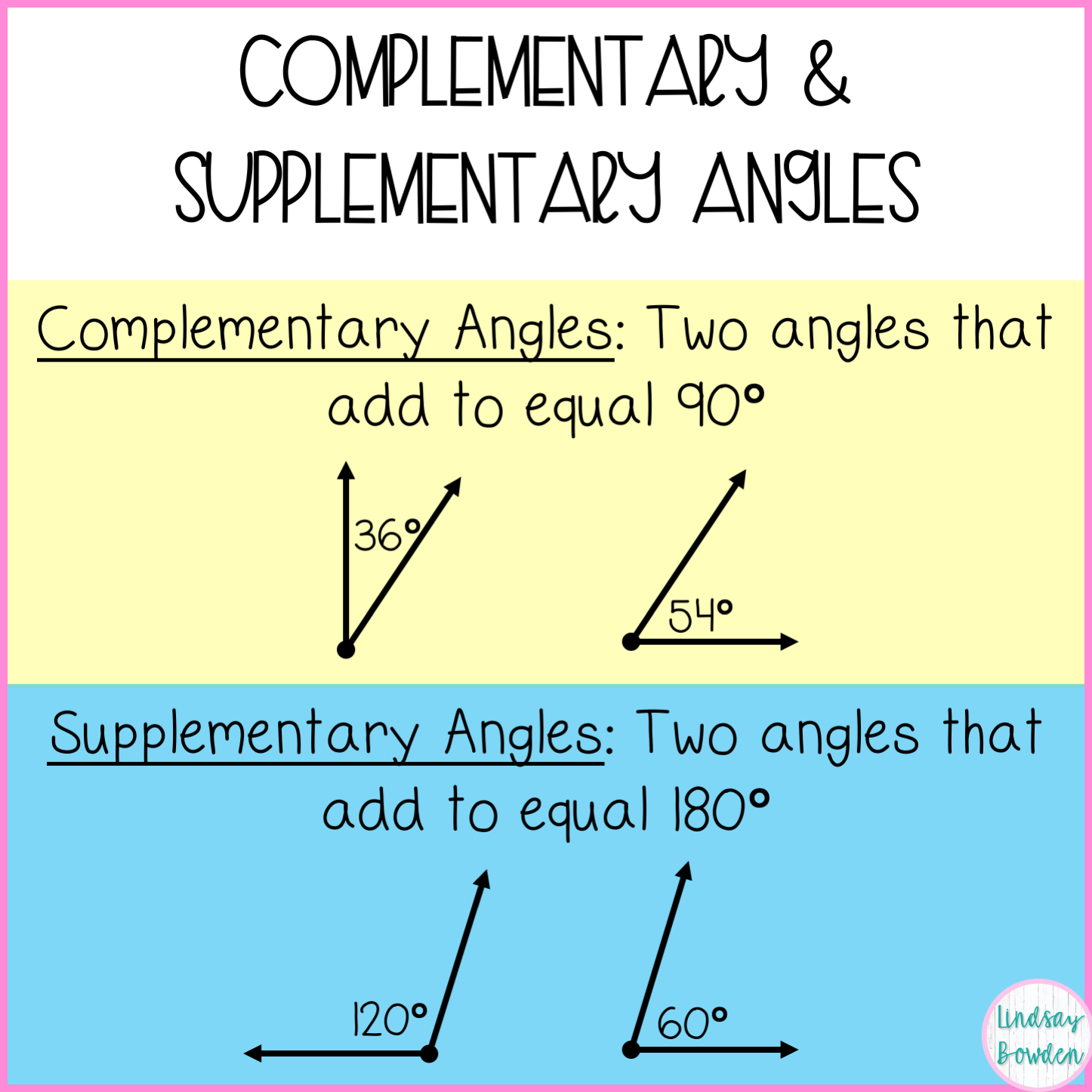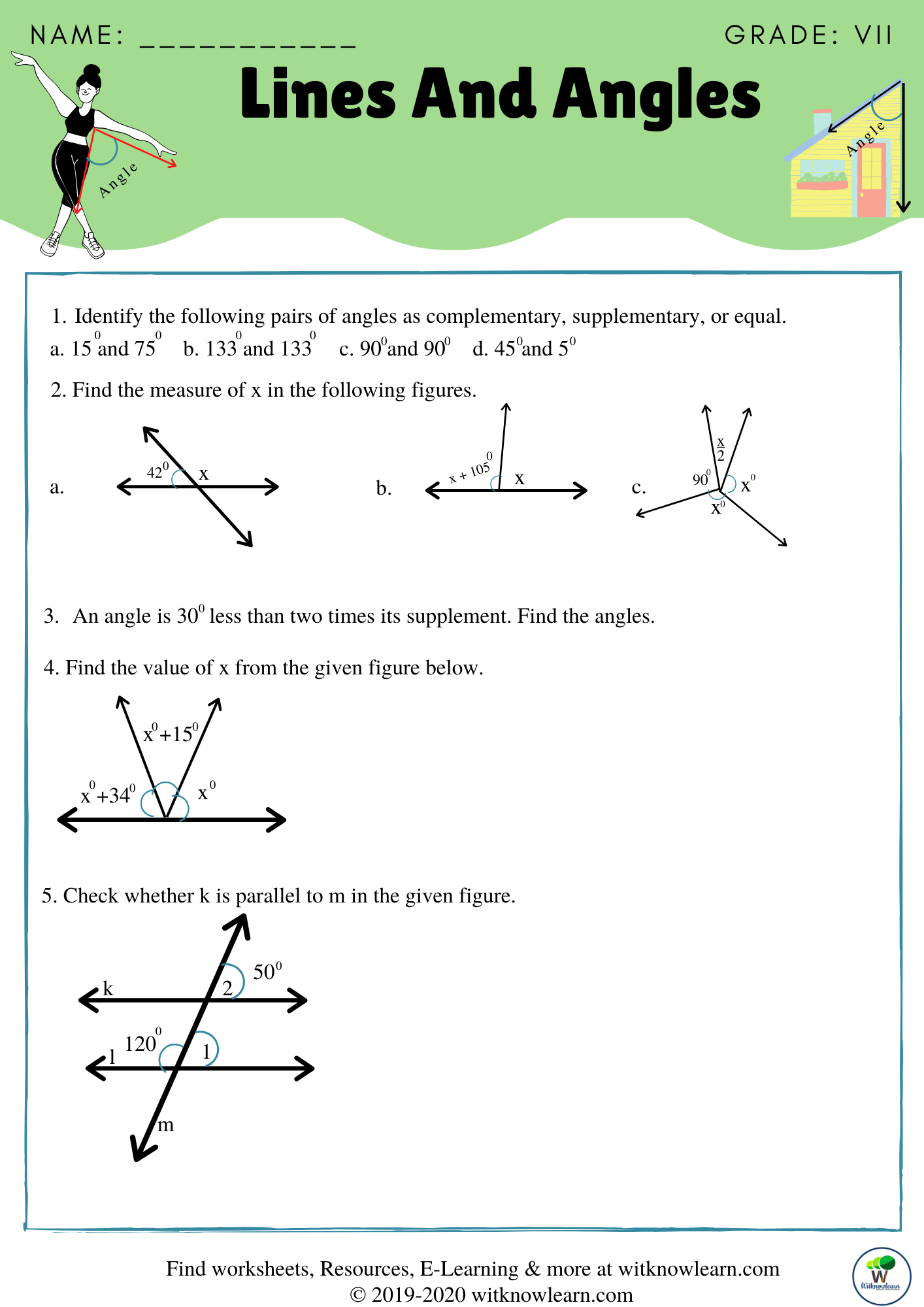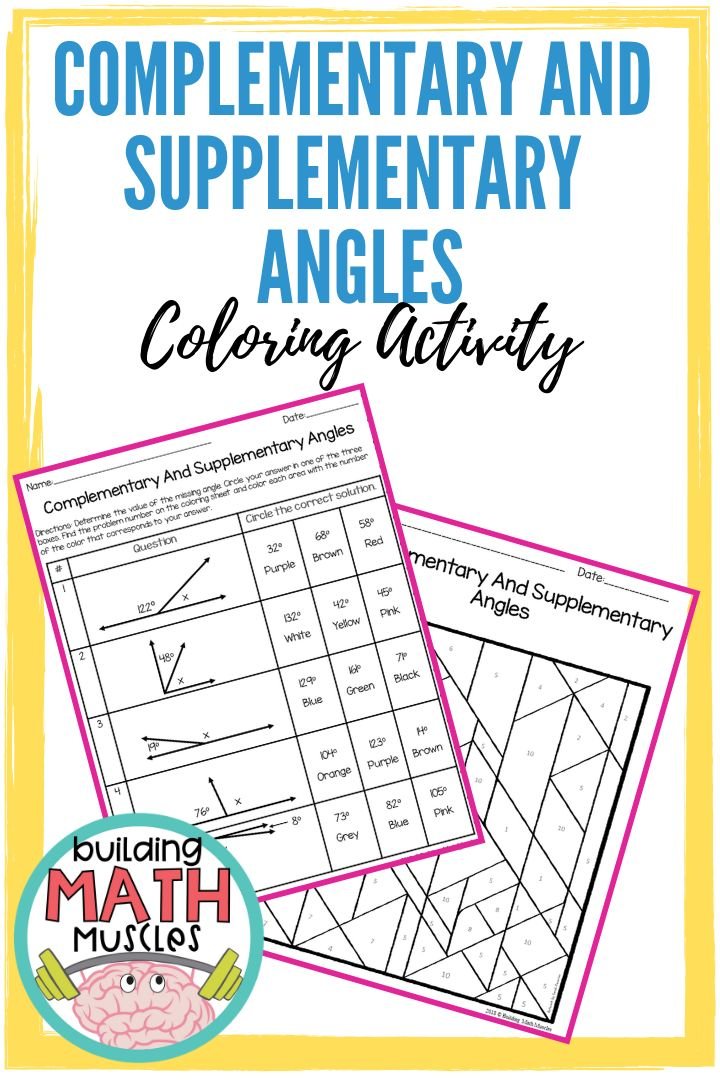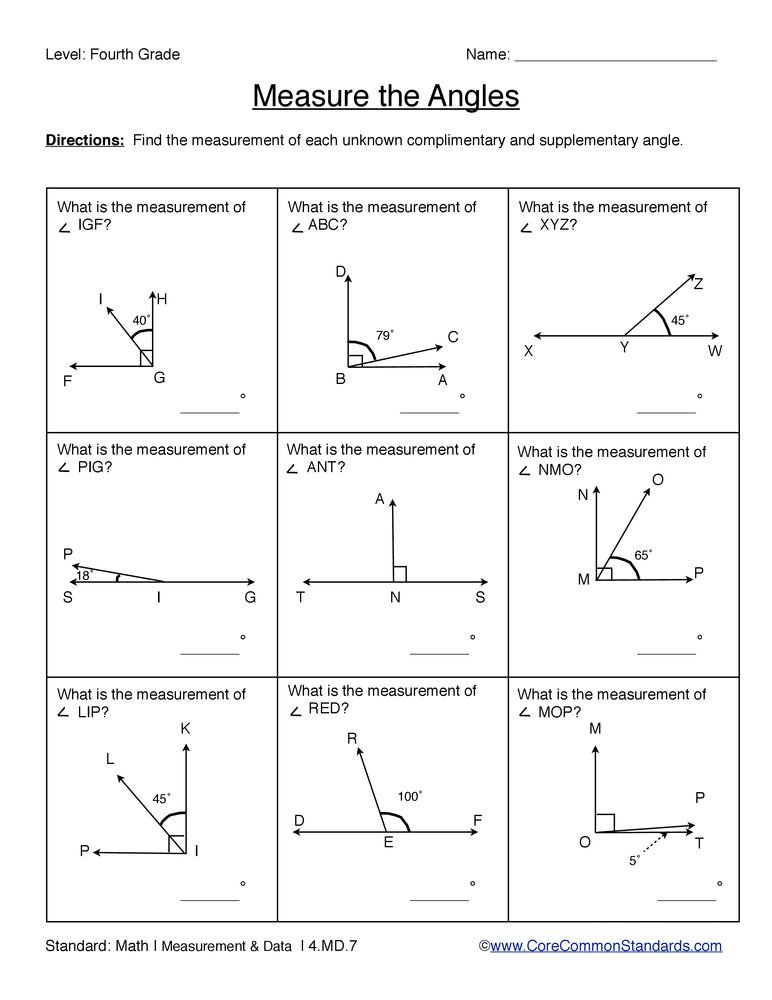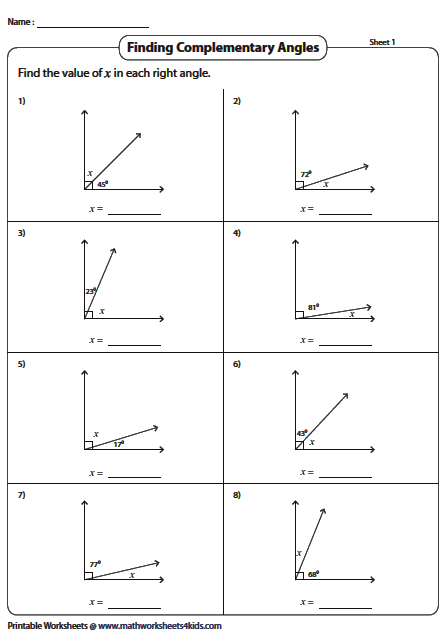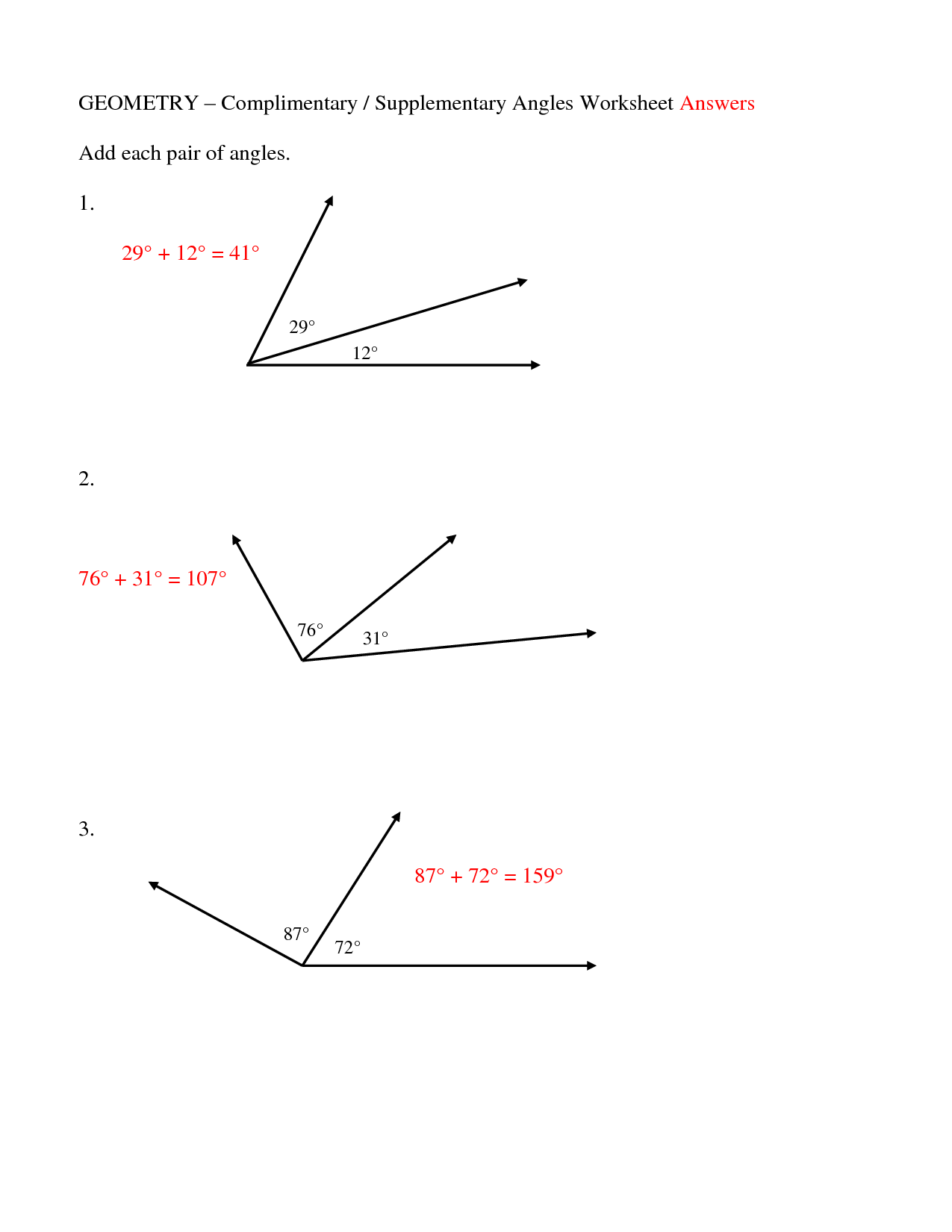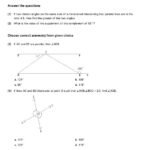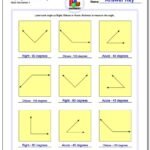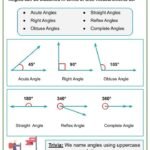Understanding Complementary and Supplementary Angles
Complementary and supplementary angles are terms used in geometry to describe certain relationships between angles. Let’s dive into what these terms mean and how to work with them.
Complementary Angles
Complementary angles are two angles that add up to 90 degrees. In other words, when you combine the measures of two complementary angles, the result is always 90 degrees. For example, if one angle measures 30 degrees, the other angle that complements it will measure 60 degrees. Complementary angles are like puzzle pieces that fit together perfectly to form a right angle.
Supplementary Angles
Supplementary angles, on the other hand, are two angles that add up to 180 degrees. When you combine the measures of two supplementary angles, the sum will always be 180 degrees. For instance, if one angle measures 100 degrees, the other angle that supplements it will measure 80 degrees. Supplementary angles create a straight line when placed side by side.
Working with Complementary and Supplementary Angles
To work with complementary and supplementary angles, you can use worksheets that provide various problems to solve. These worksheets typically
Complementary And Supplementary Angles Worksheets 7th Grade Customize
Complementary And Supplementary Angles Worksheet Customize
Supplementary And Complementary Angles Worksheet Customize
Free Complementary And Supplementary Angles Worksheets Customize
Complementary And Supplementary Angles Worksheets Customize
This Complementary And Supplementary Angles Worksheet Is A Coloring Customize
Supplementary Angles And Complementary Angles Worksheets Customize
Supplementary And Complementary Angles Worksheet Pdf Customize
Complementary And Supplementary Angles Worksheets With Answe Customize
